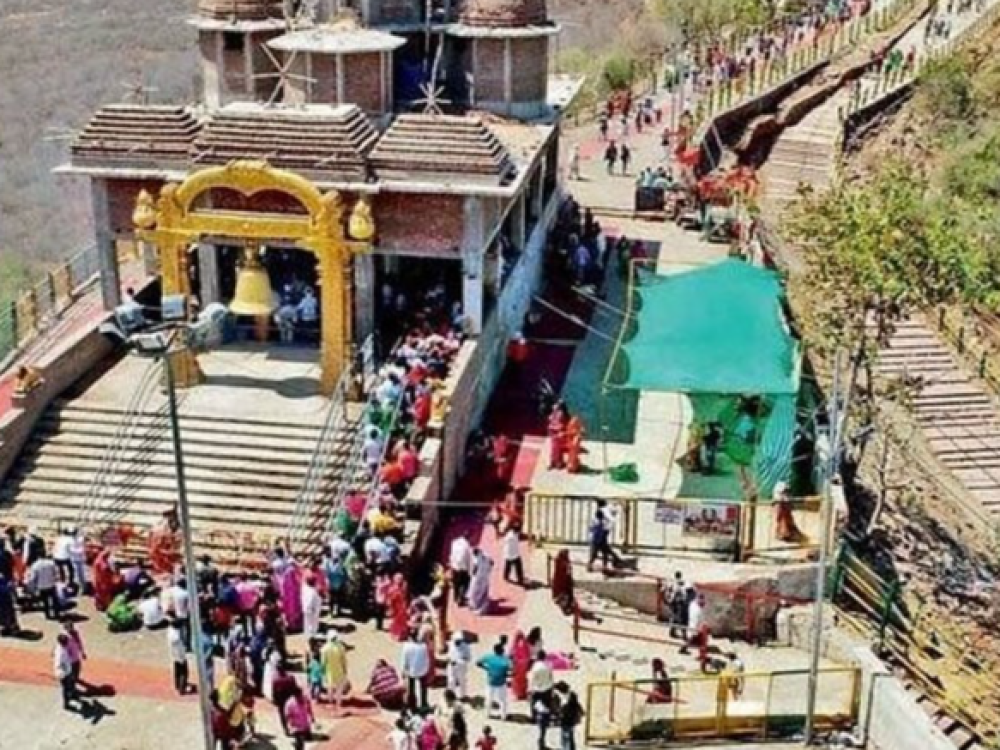

Bodh Gaya, located in the state of Bihar, India, is one of the most revered pilgrimage sites for Buddhists around the world. Tourist interest in this region, particularly in Ratnagarh, has a long and rich history, deeply intertwined with the spiritual significance of the site.
The history of tourism in Ratnagarh is nearly as ancient as the history of Buddhism itself. It is believed that Siddhartha Gautama, the Prince who later became known as Buddha, attained enlightenment under the Bodhi Tree in Bodh Gaya, making this location a focal point for Buddhists worldwide. Consequently, Ratnagarh, with its proximity to Bodh Gaya, has been a destination for pilgrims seeking to pay homage at the sacred Bodhi Tree and the magnificent Mahabodhi Temple, a UNESCO World Heritage Site.
Through the centuries, Bodh Gaya and its surrounding regions, including Ratnagarh, have experienced ebb and flow in tourist numbers, significantly influenced by the political and social climate of the times. It was during the reign of Emperor Ashoka, a devout convert to Buddhism, that the region first saw significant infrastructure development, making it more accessible to pilgrims and travelers.
In the late 19th and early 20th centuries, the rediscovery and restoration of Buddhist sites by the British colonial government and the Archaeological Survey of India brought renewed attention to Bodh Gaya. This resurgence in interest led to increased visibility and thus set the stage for the expansion of tourism in the area.
In recent years, both the Indian government and international bodies have invested heavily in improving infrastructure and facilities for tourists. Efforts have been made to enhance connectivity with improved roads, upgraded airports, and better rail links, making Ratnagarh more accessible than ever. Accommodation options have expanded, ranging from budget guesthouses to luxury resorts catering to diverse tourist needs.
Sustainable tourism practices are increasingly implemented to preserve Ratnagarh's historical and cultural integrity. Efforts include promoting eco-friendly travel options and educating visitors on the significance of maintaining the sanctity of this spiritual destination.
One of the modern trends in tourism here is the rise of spiritual and wellness tourism. Tourists are not only looking to visit Bodh Gaya and Ratnagarh for its historical and religious significance but also for meditation retreats and wellness programs to rejuvenate the mind and body.
Cultural exchanges and international Buddhist conferences have also become common, attracting scholars, practitioners, and tourists interested in the teachings of Buddhism. Digital advancements have led to virtual tours and online resources, providing a different dimension to the travel experience, with people exploring Ratnagarh’s sacred sites from the comfort of their homes.
Overall, the history of tourism in Ratnagarh is a testament to the enduring legacy of Buddhism in India and the universal search for spiritual enrichment. The destination continues to evolve, welcoming visitors from around the globe and offering them a profound connection to history, culture, and spirituality.